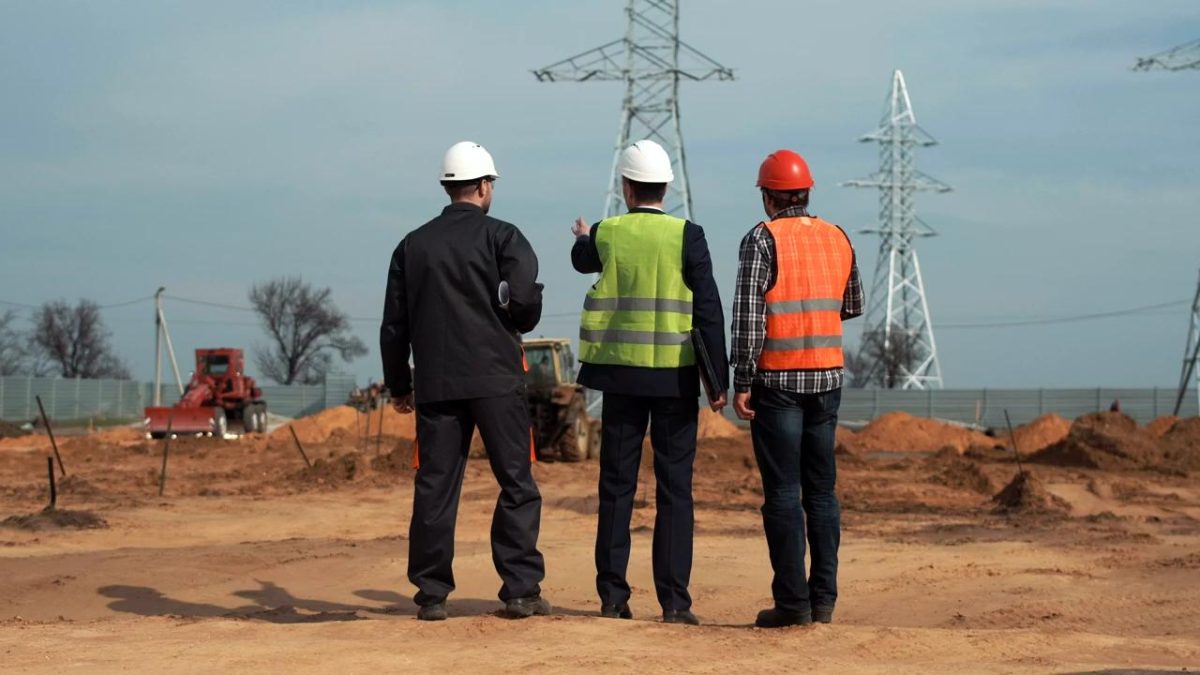Safety Integrity Level Assessment Training

Safety Training System Audit: Ensuring Compliance with Electrical Code, Equipment Grounding, and Safe Work Practices
April 8, 2024
ISO45001 or ISO14001 System Implementation – The Safety Master
April 9, 2024Introduction
Safety Integrity Level (SIL) assessment is a critical process in industries where safety is paramount. It involves evaluating the effectiveness of safety systems to prevent or mitigate hazards. Understanding SIL assessment and undergoing proper training, such as Safety Master, is crucial for ensuring safety standards are met.
Understanding SIL Assessment
SIL assessment is the process of quantifying the reliability of safety systems in reducing risks to an acceptable level. It aims to ensure that safety functions perform as intended during normal operation and in the presence of faults or failures. SIL levels range from SIL 1 (lowest) to SIL 4 (highest), with each level indicating a different level of risk reduction capability.
SIL Assessment Methodologies
Various methodologies are used for SIL assessment, including quantitative, qualitative, or a combination of both. Quantitative methods involve statistical analysis and calculations to determine the probability of failure on demand (PFD) and failure modes. Qualitative methods rely on expert judgment and analysis of system architecture, reliability data, and operational experience.
Safety Master Training Overview
Safety Master training is designed to equip individuals with the knowledge and skills required to perform SIL assessments effectively. It covers a wide range of topics, including risk analysis, SIL determination methods, and practical applications.
Components of Safety Master
The Safety Master program encompasses technical knowledge, practical skills, and real-world case studies. Participants learn how to apply SIL assessment techniques to different systems and scenarios, enhancing their problem-solving abilities in safety-critical environments.
Training Curriculum
The curriculum of Safety Master training includes fundamental concepts of SIL assessment, various risk analysis techniques, and methods for determining SIL levels. Participants gain a comprehensive understanding of safety standards and regulations governing SIL assessment.
Who Should Attend?
Engineers, technicians, and safety professionals involved in the design, operation, or maintenance of safety-critical systems can benefit from Safety Master training. It is also suitable for individuals seeking to enhance their career prospects in industries prioritizing safety.
Choosing the Right Training
When selecting Safety Master training, consider factors such as accreditation, instructor expertise, and course content relevance. Accredited programs ensure quality and compliance with industry standards, while experienced instructors provide valuable insights and practical guidance.
Training Delivery Options
Safety Master training is available in various formats, including in-person sessions, online courses, or a blended learning approach combining both. Each delivery option offers flexibility and convenience, allowing participants to choose the mode that best fits their schedule and learning preferences.
Conclusion
Safety Integrity Level assessment training, such as Safety Master, plays a vital role in ensuring the safety and reliability of industrial systems. By equipping professionals with the necessary skills and knowledge, it contributes to continuous improvement in safety standards and risk management practices.




